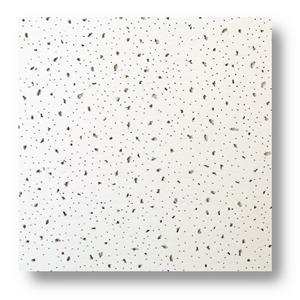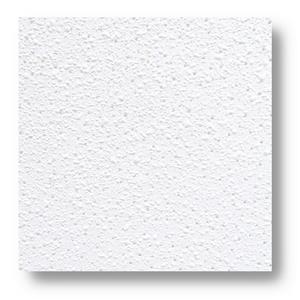Ceiling Tiles vs. Acoustic Panels: 5 Soundproofing Facts You Should Know
When designing a space for comfort and functionality, soundproofing is one of the top priorities—especially in offices, schools, hospitals, and theaters. Among the most discussed solutions are Ceiling Tiles and Acoustic Panels. While they may seem similar, they serve different purposes and have distinct characteristics that can greatly impact the sound environment of your space.
At SLD, we specialize in producing high-performance Ceiling Tiles made from premium mineral fiber. In this article, we’ll highlight 5 essential facts that differentiate Ceiling Tiles from Acoustic Panels and help you determine which solution better suits your soundproofing goals.
1. What Are Ceiling Tiles and Acoustic Panels?
Let’s start by defining each:
Ceiling Tiles are modular panels installed in a ceiling grid system or directly attached to ceiling surfaces. They are typically made of mineral fiber, gypsum, or metal, and offer insulation, fire resistance, and moderate sound absorption.
Acoustic Panels are fabric-wrapped or foam-based wall or ceiling-mounted products designed specifically to absorb sound waves and reduce echo and reverberation.
While Ceiling Tiles contribute to sound control, Acoustic Panels are engineered primarily for acoustic performance.
2. Sound Absorption vs. Soundproofing
A key misunderstanding is equating sound absorption with soundproofing.
Ceiling Tiles mainly absorb sound within the room, reducing background noise and echo. They improve speech clarity but are not designed to block sound transmission between rooms.
Acoustic Panels are also focused on sound absorption but are often more effective in reducing reverberation in spaces with hard surfaces (e.g., studios, conference rooms).
For actual soundproofing—preventing sound from leaving or entering a room—additional construction elements like insulation, mass-loaded vinyl, or double walls may be necessary.
3. NRC Ratings and Acoustic Performance
One way to measure sound absorption is through the Noise Reduction Coefficient (NRC).
Ceiling Tiles generally have NRC ratings ranging from 0.55 to 0.80 depending on material and thickness.
Acoustic Panels, especially those made of high-density fiberglass or foam, can achieve NRC ratings of 0.90 or higher.
At SLD, our mineral fiber Ceiling Tiles offer NRC values up to 0.75, making them ideal for classrooms, open offices, and healthcare facilities.
4. Installation and Design Flexibility
Ceiling Tiles are often installed in T-bar grid systems or adhered to ceiling substrates. They are part of the architectural structure and provide a clean, professional look.
Acoustic Panels, on the other hand, can be installed on both ceilings and walls. They come in various shapes, sizes, and colors, offering creative design opportunities.
If your project demands a seamless ceiling aesthetic with acoustic function, Ceiling Tiles are the preferred solution. For targeted sound treatment in specific zones, Acoustic Panels offer more flexibility.
5. Cost and Maintenance
From a cost perspective, Ceiling Tiles are more budget-friendly and easier to maintain. They are also modular, allowing individual tiles to be replaced if damaged.
Acoustic Panels are typically more expensive and may require special care for fabric surfaces. They are less practical for large-scale applications like commercial ceilings.
If you're working on a tight budget or planning a large-area installation, Ceiling Tiles provide an excellent balance of performance and value.
Conclusion: Which Is Better for Soundproofing?
The answer depends on your sound control objectives:
Choose Ceiling Tiles if your goal is to reduce noise within a space, improve clarity, and maintain a uniform ceiling appearance.
Choose Acoustic Panels if your focus is on high-level sound absorption in specific areas like studios or auditoriums.
SLD’s mineral fiber Ceiling Tiles are engineered to enhance both acoustics and aesthetics, offering the best of both worlds for most interior spaces.




